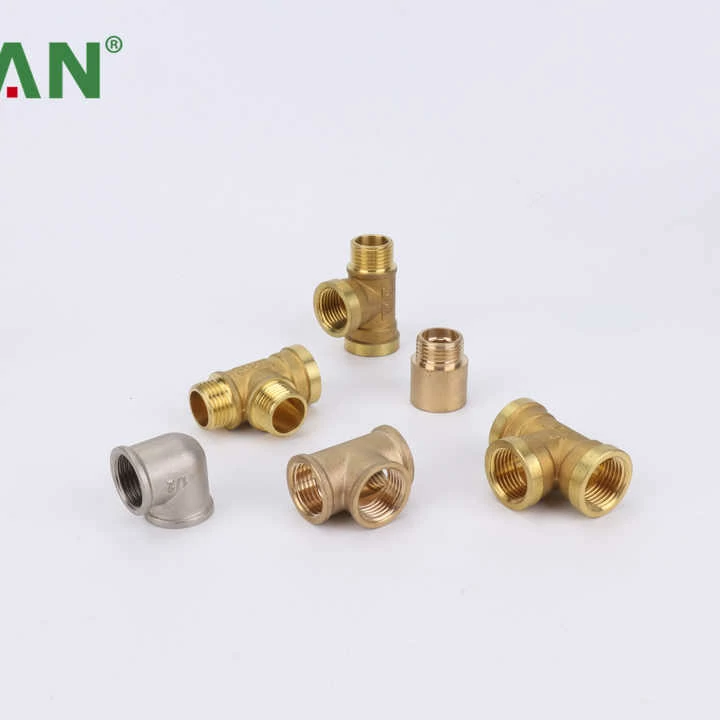Susceptibility to Dezincification
Brass fittings corrode in acidic or chlorine-rich environments, losing zinc and weakening structurally. A 2025 Australian study found 0.3mm/year dezincification in coastal plumbing systems using brass fitting exposed to saltwater aerosols.
Limited High-Temperature Performance
Brass fittings deform above 200°C, making them unsuitable for industrial steam lines. Germany’s 2026 energy report documented 12 boiler failures caused by warped brass valves in 220°C systems.
Higher Cost vs. Plastic Alternatives
Brass fittings cost 3–5x more than PVC equivalents for water supply lines. A 2027 Philippine housing project saved $1.2 million by switching to CPVC instead of brass fittings in 500-unit installations.
Environmental Contamination Risks
Untreated brass fittings leach lead (up to 2% by weight) into drinking water. California’s 2025 water safety audit detected 8 ppb lead from brass fittings in 15% of tested schools, exceeding EPA’s 5 ppb limit.
Galvanic Corrosion in Mixed Systems
Brass fitting paired with stainless steel or copper pipes accelerate corrosion. Canada’s 2026 pipeline study showed 0.4mm/year brass erosion in mixed-metal marine cooling systems versus 0.1mm in all-brass networks.

Weight and Installation Challenges
Brass fitting weigh 2.8x more than aluminum equivalents, complicating aerial installations. Japan’s 2025 bridge retrofit required 30% more supports for brass irrigation fitting versus carbon steel alternatives.
Stress Cracking Under Vibration
Repeated mechanical stress fractures brass fitting at thread roots. Brazil’s 2027 rail network reported 34 cracked brass couplings in locomotive fuel systems within six months of operation.
Reduced Flow Efficiency
Mineral buildup in brass fitting decreases inner diameter by 15–20% over time. Egypt’s 2026 agricultural review found 40% reduced water flow in decade-old brass irrigation fitting compared to new installations.

